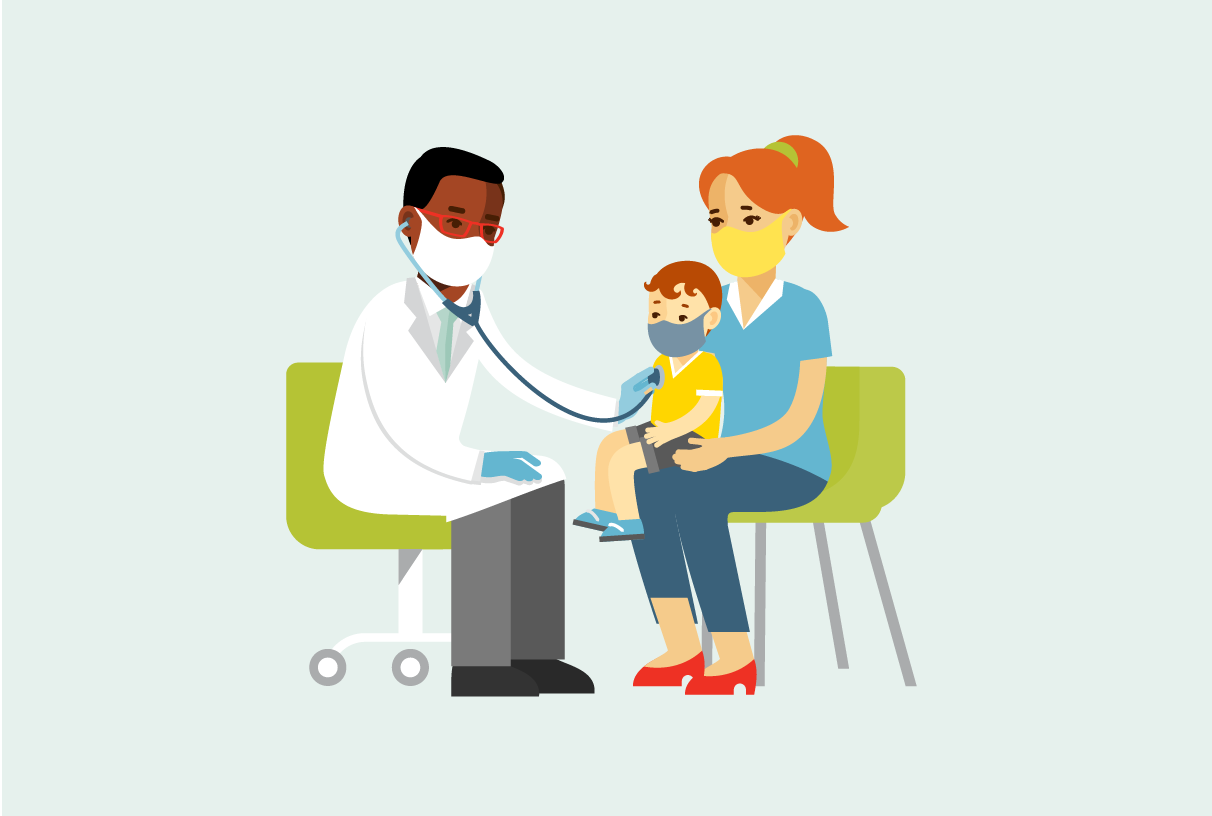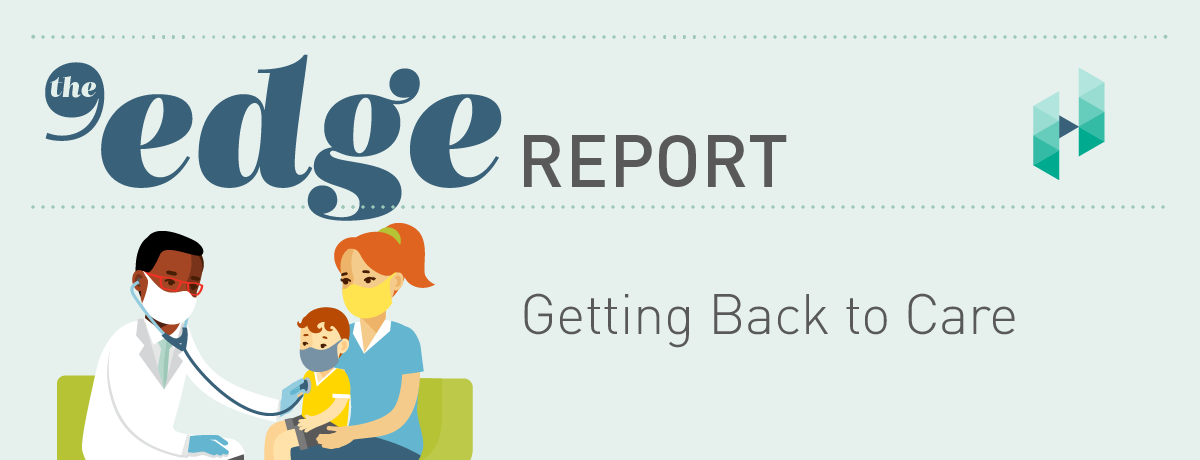Whether it is value-based benefits, episodes of care, or evolving state and federal regulations—without the right technology, health plans will struggle to keep up with trends and changes in the industry. These challenges only intensify for smaller health plans with limited resources and less margin for error.
To remain competitive in today’s market, health plans must have the ability to stand up new lines of business and benefit plans quickly and efficiently.
For many payers, bringing a new product or benefit to market often requires significant time and resources. For health plans using older core administration systems, configuring a new benefit plan involves the claims department working with the IT department to explain the benefits and what’s covered, conduct testing, identify errors, and find solutions.
This back-and-forth process, which can take months to complete, occurs while members are already utilizing the benefits. Health plans are pressured to get payments out of the door, accurately and efficiently. Still, they cannot process claims against a benefit that is not yet configured in their system, resulting in processing claims incorrectly until the benefit is placed into production.
Health plans must then handle the backlog of incorrect claims. This workload requires IT and claims resources to run a report with hours spent working to identify what was impacted by this benefit plan and running backouts and re-processing the claims to get everything in sync.
With so many steps and so much ground to cover, this cumbersome process often causes IT departments to become bloated. The IT resources are highly-skilled and know the technology well, but they do not necessarily know the business or understand the benefits, leading to more potential errors and inefficiencies.
With the immense time and resources spent on deploying one benefit plan, how can health plans react to shifting consumer behaviors and the evolving healthcare landscape and quickly go-to-market? Health plans need a flexible system that allows them to test and implement those benefit designs in a timely manner so they can focus on making continuous improvements that attract and retain their members and drive success in their business.







